Cats are among the most fascinating creatures in the animal kingdom, often admired for their grace, agility, and independence. While some cats are notorious for their aloofness, others are incredibly social, craving attention and companionship. Understanding why some cats prefer solitude while others seek social interaction requires a closer look at their unique traits and behaviors.
Evolutionary Background: Solitary Hunters

Photo by Gundula Vogel via Pexels
Cats have descended from solitary hunters. Unlike dogs, which are pack animals by nature, cats evolved primarily as loners. This evolutionary trait plays a significant role in their modern behavior. Solitary hunting encouraged self-reliance and a level of independence that is still evident in many domestic cats today.
The Role of Genetics
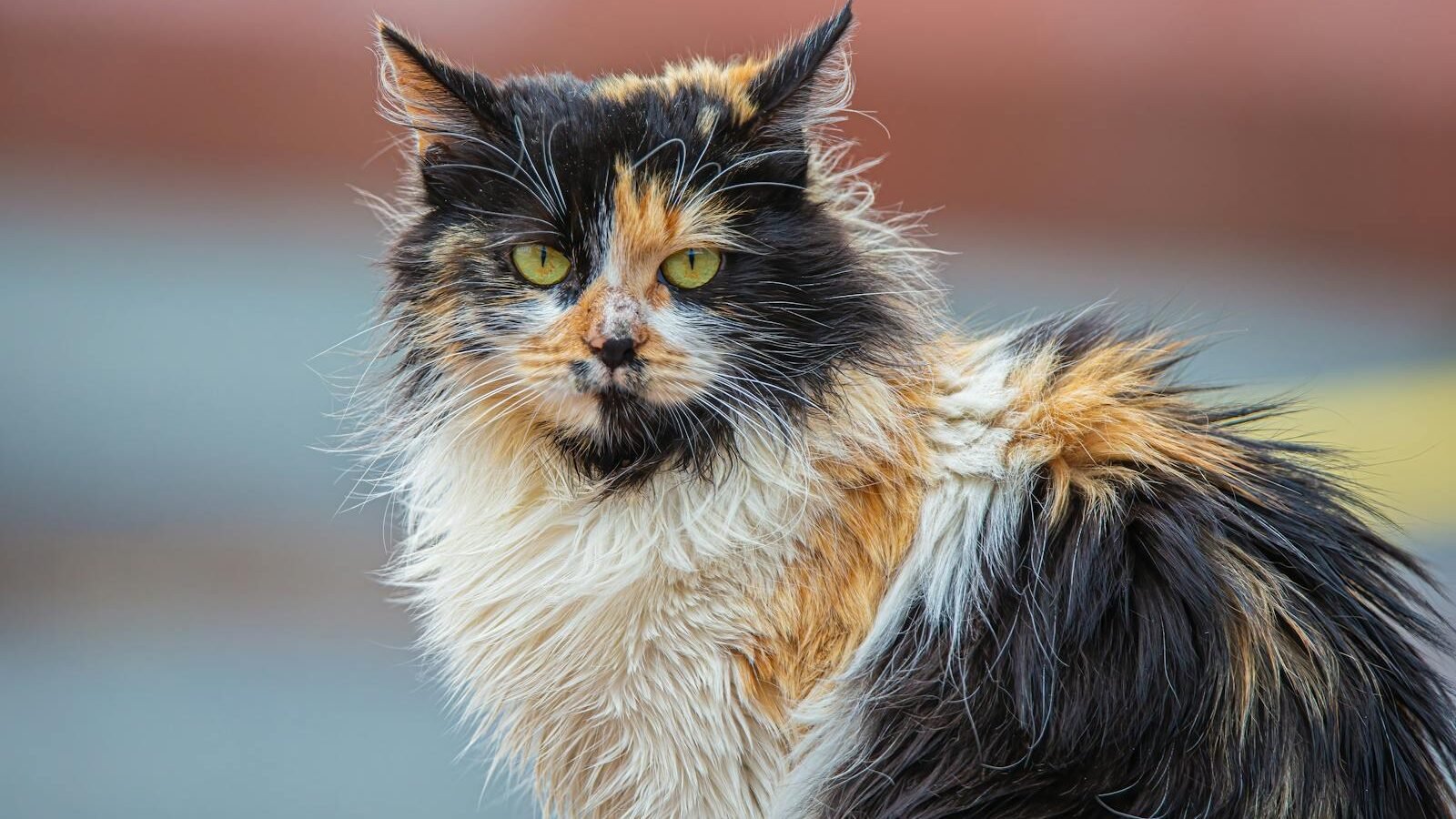
Genetics also contribute to a cat’s preference for solitude or social interaction. Just as human personalities are shaped by their genetic makeup, so too are the temperaments of cats. Certain breeds, like the Siamese, are known for being more social, while others, such as the Russian Blue, may exhibit more solitary tendencies.
Early Socialization: A Critical Period

Photo by Pavel Danilyuk via Pexels
The early weeks of a kitten’s life are crucial in determining its social behavior. Cats that are well-socialized at an early age, exposed to different people, and interaction with other animals tend to be more sociable and comfortable around humans. Those that miss out on this period of socialization may grow into adults that prefer solitude.
Environmental Influences
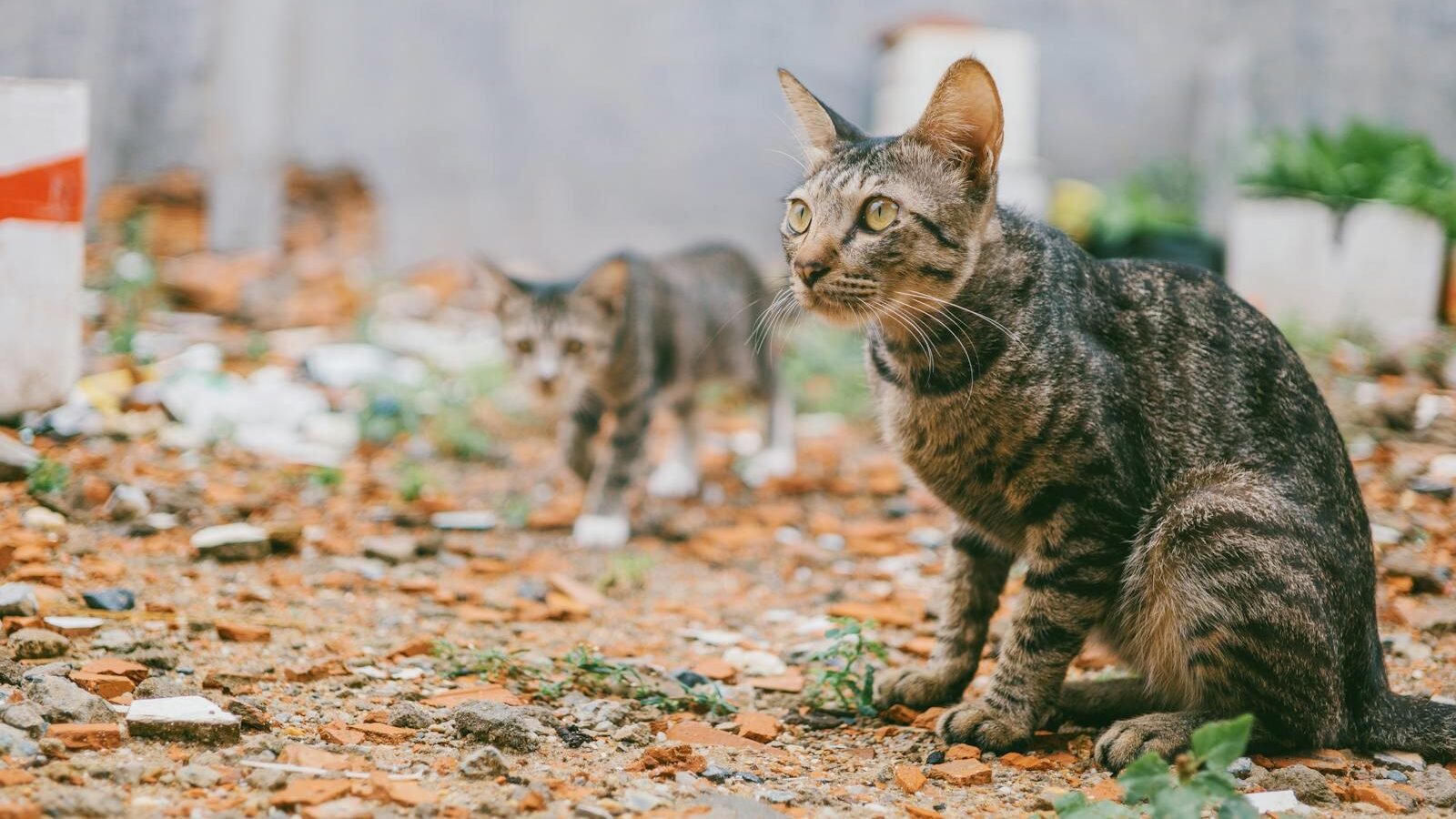
The environment in which a cat is raised also plays an important role in its behavior. Cats reared in busy, active households are generally more accustomed to social interaction and may seek out attention more than those raised in quieter, more stagnant environments.
Temperament and Personality
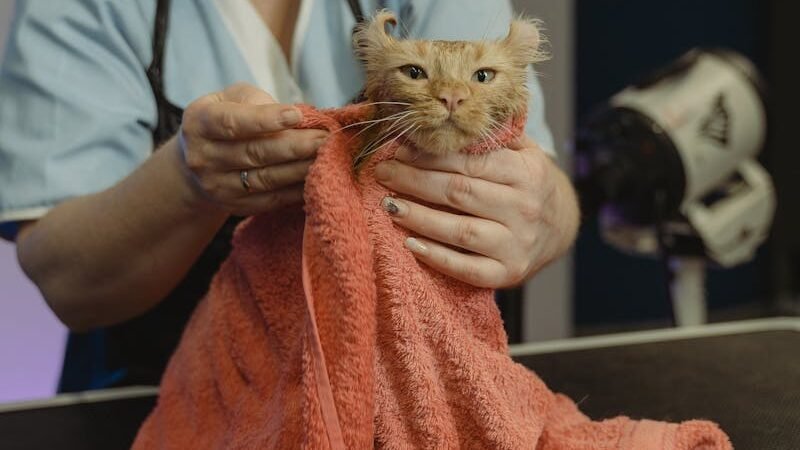
Photo by Tima Miroshnichenko via Pexels
Just like people, cats have individual personalities that can skew toward being introverted or extroverted. Some cats are naturally more curious and bold, while others are reserved and shy. This individuality explains why some cats thrive on human interaction while others are content to watch from a distance.
Territorial Instincts

Cats are inherently territorial animals. A solitary cat may be expressing a strong territorial instinct, preferring solitude to maintain control over its domain. This behavior can be especially prominent in multi-cat households where competition for territory and resources is higher.
Health and Stress Levels
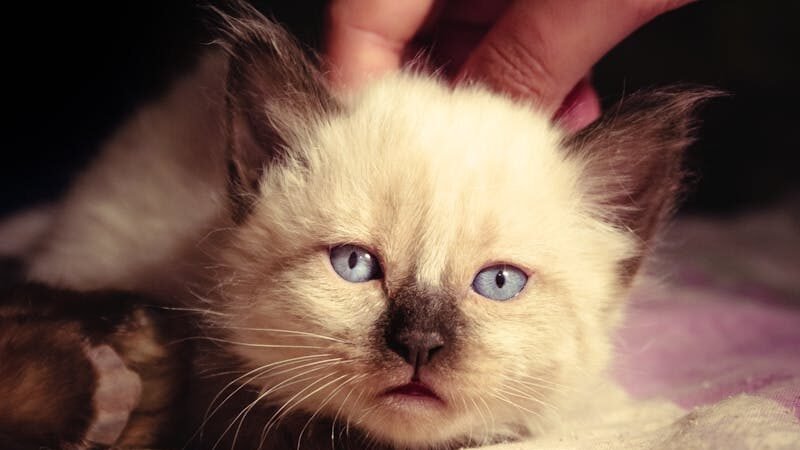
Photo by Moaz Tobok via Pexels
Health issues or stress can also influence a cat’s behavior. Cats that are unwell or stressed may withdraw from social interaction. It’s essential to monitor any changes in behavior and consult a veterinarian if your once-social cat suddenly becomes solitary.
The Impact of Aging
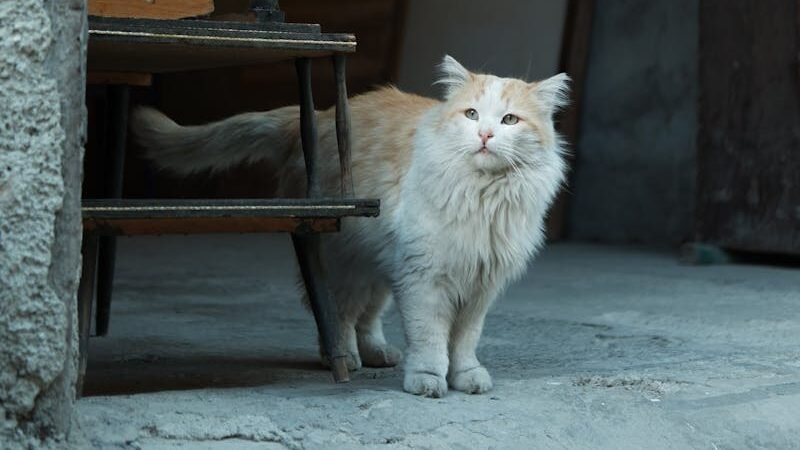
As cats age, their behavior can change. An older cat might become more reticent as it deals with age-related health issues like arthritis or vision/hearing loss, leading them to prefer solitude to the active company of humans or other animals.
The Importance of Understanding Your Cat
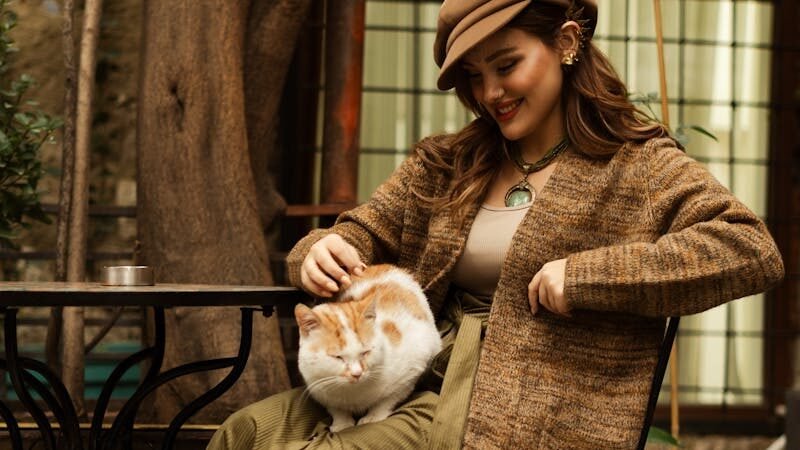
Photo by Nərmin Abduləzimova via Pexels
Understanding your cat’s individual preferences and behaviors is key to ensuring its happiness and well-being. Pay attention to what your cat is comfortable with and respect their boundaries. Encourage interaction if it seems to enjoy it, but also provide it with space and quiet time if that’s what it seeks.
Conclusion: Celebrating Feline Diversity
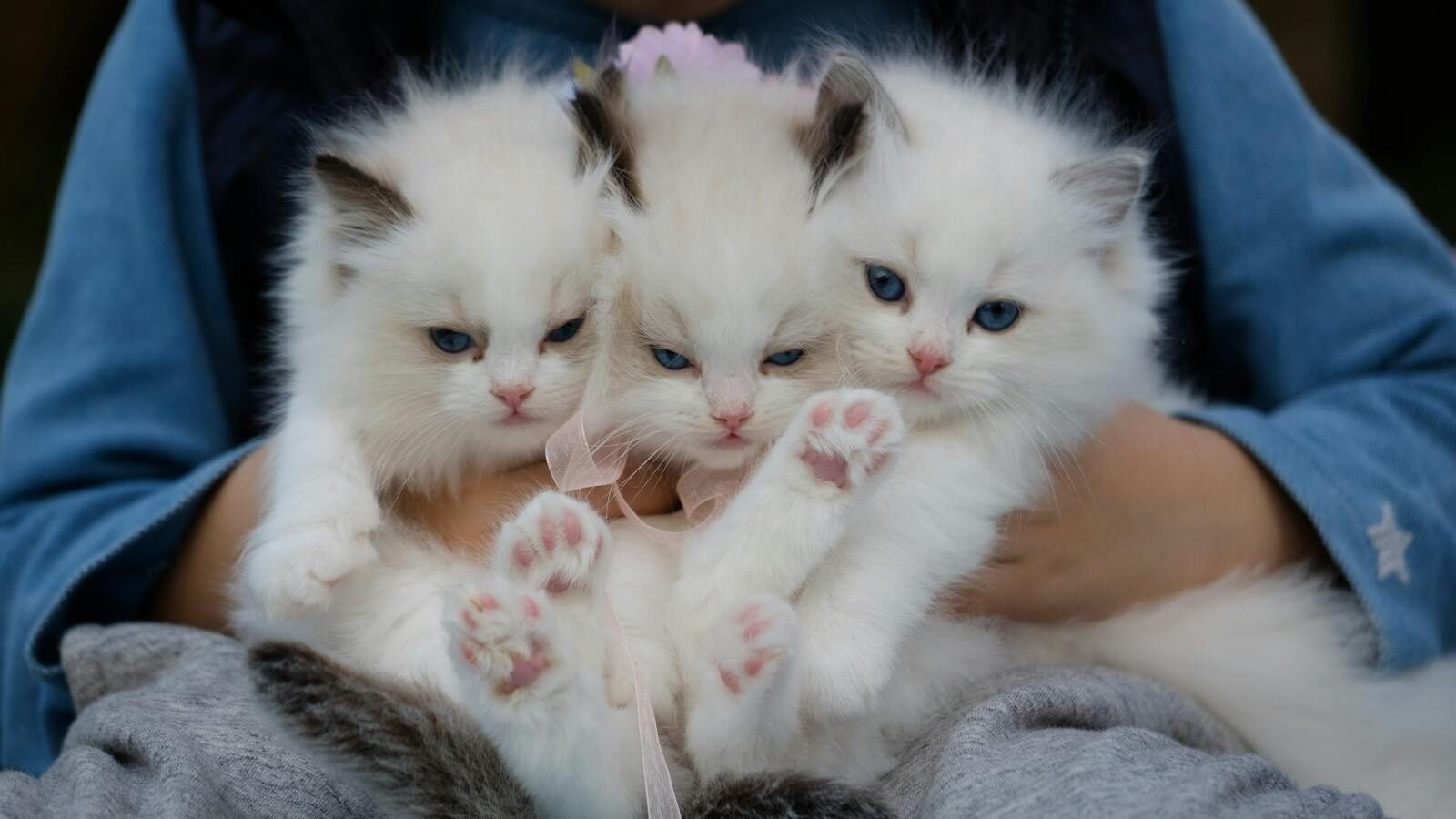
Cats, like people, are diverse in their relationships and preferences. Whether your cat is a social butterfly or a solitary spirit, what matters most is ensuring they feel safe, loved, and cared for in their environments. By understanding and respecting their inclinations, cat owners can build enriching relationships with their feline companions.

With over a decade of experience as a dedicated cat lover and enthusiast, I specialize in writing captivating content about all things feline. My expertise shines through in creating engaging and informative pieces that resonate with fellow cat lovers. As a proud cat parent to my beloved Duston, my personal connection to the world of cats adds authenticity and warmth to my work, making it relatable and heartfelt.






